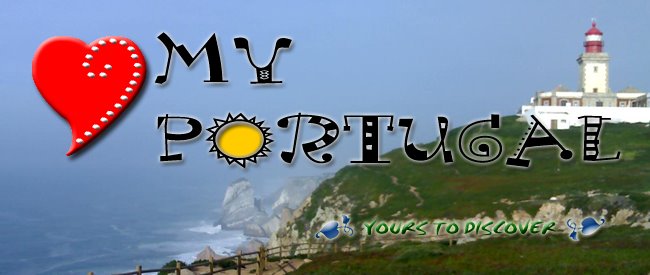Traditional Sea Salt from the Algarve has a history going back to the Roman era, some 2,000 years ago, and the same ancient methods and simple equipment are still used today.
The salt is harvested in June, July and August, depending on the weather, using time-honoured methods. In May the producers begin to flood the basins with seawater at high tide. The saltpans are flooded until the water level reaches 40-50cm over a period of 4-5 days, with water added each day at high tide. It then takes 3-4 days for the water to evaporate in the sun, until approximately 20cm of sea salt remains, and it generally takes 2 weeks to harvest all the sea salt, using wooden rakes.
This sea salt has a very clear and whitish colour, but is totally unrefined. The reason for this is that the clay in the area is very hard and light in colour, so the salt does not take on the earthy grey colour that, say, Guerande salts do. The salt has a moisture content of 8%, and a sodium chloride content of around 96%, which is lower than that of table salt, leaving room for other essential minerals, such as calcium and magnesium.
Tradition and Quality
These traditional sea salts are comparable to handcrafted foods, and are very labour intensive. They are quite different to conventional sea salts, which are often harvested by tractors, washed in seawater, and dried at high temperatures. Salt farmers in Portugal adhere to quality standards for certified organic produce and consequently have been awarded the "Slow Food Award for the Defense of Biodiversity".
Web references & Interesting links
http://en.wikipedia.org/wiki/Fleur_de_sel
http://pt.wikipedia.org/wiki/Flor_de_Sal
http://www.saltworks.us/salt_info/si_gourmet_reference.asp#FleurDeSel
http://www.necton.pt/en/offer.html
http://www.terrasdesal.com/salinfo.php
http://www.flordesal.net/index.htm
http://www.observatoriodoalgarve.com/cna/noticias_ver.asp?noticia=18161






No comments:
Post a Comment